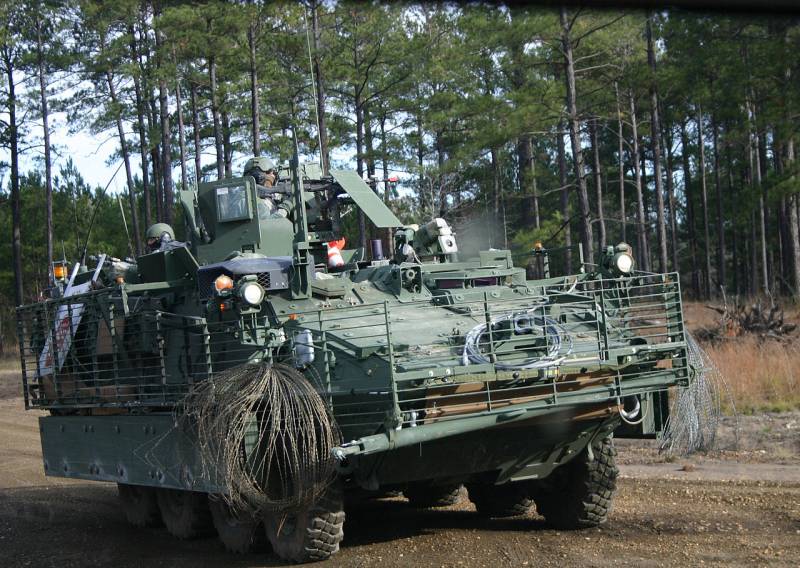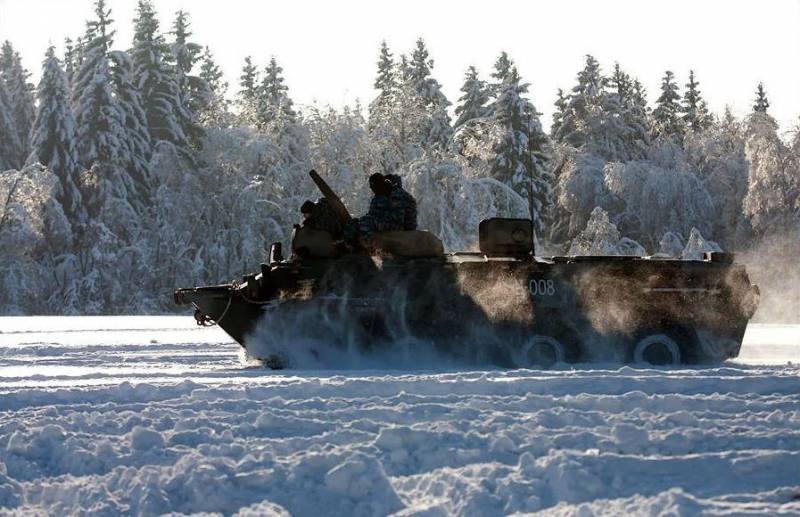
Wheeled armored vehicles that outrank their counterparts, such as armored personnel carriers, have long stirred controversy within the realm of combat vehicles. Detractors often point out their limitations, including challenges in implementing substantial armor protection, the vulnerability of their wheels to damage, and more. Among these concerns, one frequently cited argument against wheeled vehicles is their perceived inferior cross-country mobility compared to tracked vehicles. This article delves into the abilities of heavy wheeled vehicles to navigate difficult terrains like swamps and virgin snow, shedding light on their performance relative to their tracked counterparts.

Ground Pressure and Mobility Trade-offs
The lightweight nature of wheeled vehicles and their reduced resistance to movement are key attributes contributing to their remarkable mobility, achieved with lower engine power and fuel consumption compared to tracked vehicles of similar weight. However, these advantages come at a cost – namely, significant ground pressure exerted by the wheels.
Tracked vehicles distribute their weight over a broader area due to the wide contact surface of their tracks, whereas wheels create isolated pressure points beneath the vehicle. This discrepancy leads to a notable difference in ground pressure between the two types, sometimes up to twice as much for wheeled vehicles.

For instance, statistical data reveals that a 10-ton multi-axle wheeled vehicle exerts ground pressure at around 75-90 kPa, whereas a tracked vehicle of similar mass exerts only about 45-50 kPa. As mass increases, this divergence becomes more pronounced. A hypothetical 20-ton wheeled infantry fighting vehicle exerts approximately 120 kPa – 20% more than a 40-ton main battle tank.
Practical Implications
These figures translate into real-world challenges for wheeled vehicles, particularly on soft terrains. Conditions like sand, wet soil, and peat impose increased rut depth, slipping, and even immobilization on wheeled vehicles. However, marshy areas and deep snow, despite being distinct from the aforementioned terrains, also expose the limitations of wheeled vehicles. This is why comprehensive tests were conducted to assess their performance in these conditions.

Comparative Testing
In the late 1980s, Soviet scientists conducted thorough tests on both wheeled and tracked chassis to ascertain their maximal capabilities. The study involved two test samples – one of each propulsion type – as well as data from BMP-2 and MT-LB vehicles.
To fairly evaluate the off-road capabilities of wheeled vehicles, multiple controlled races were carried out using a representative sample – a 20.5-ton experimental four-axle chassis outfitted with KI-80 elastic tires. In opposition, a 24.5-ton tracked chassis was selected, simulating an experimental converted tank platform.
Marsh and Snow Terrain Challenges
Initial attempts to navigate swampy terrain showed promise for wheeled vehicles. They managed to traverse soft, waterlogged ground effectively, with the absence of prior wheel tracks playing a role. However, repeated passages on the same path led to problems, causing the wheeled vehicle to sink and eventually become immobilized due to deepening tracks and slipping.

Remarkably, the tracked chassis, despite exerting less ground pressure, performed better under similar conditions, managing similar track depths without severe slipping or jamming issues.
In snow-covered terrains, the wheeled vehicle faced an interesting comparison with lighter tracked vehicles (BMP-2 and MT-LB), both of which surpassed it in terms of traversing thicker snow covers. However, the unique behavior of the wheels came to the fore in snow conditions.
Initially, the wheeled vehicle’s track depth in virgin snow was approximately 15% greater than that of the tracked BMP-2. Nevertheless, after multiple passes, the wheel tracks stabilized and even became shallower than those of tracked vehicles. This was attributed to the wheels compacting the snow evenly, creating a firm layer that aided subsequent movement.
Final Reflections
In summary, wheeled combat vehicles do concede maneuverability on soft, marshy terrain when compared to tracked vehicles. The track depth plays a role in increased slip, exacerbated by smaller wheel contact areas and less traction compared to tracks.
Nonetheless, the drawbacks of wheeled vehicles manifest most starkly when moving in formations or over previously plowed tracks. When confronted with deep snow, the wheels offer certain advantages, such as preventing excessive track depth and enhancing column movement conditions.





